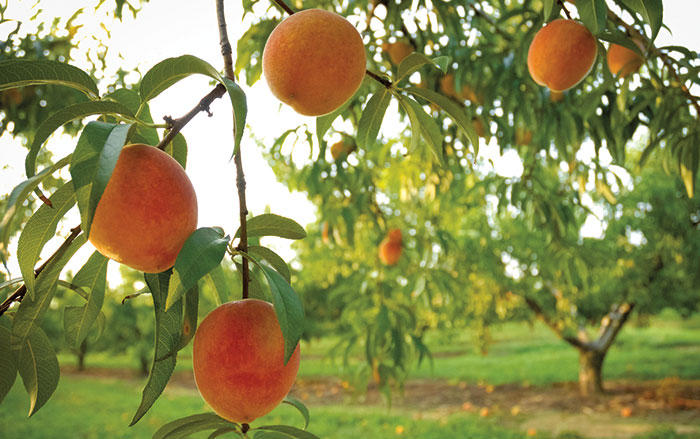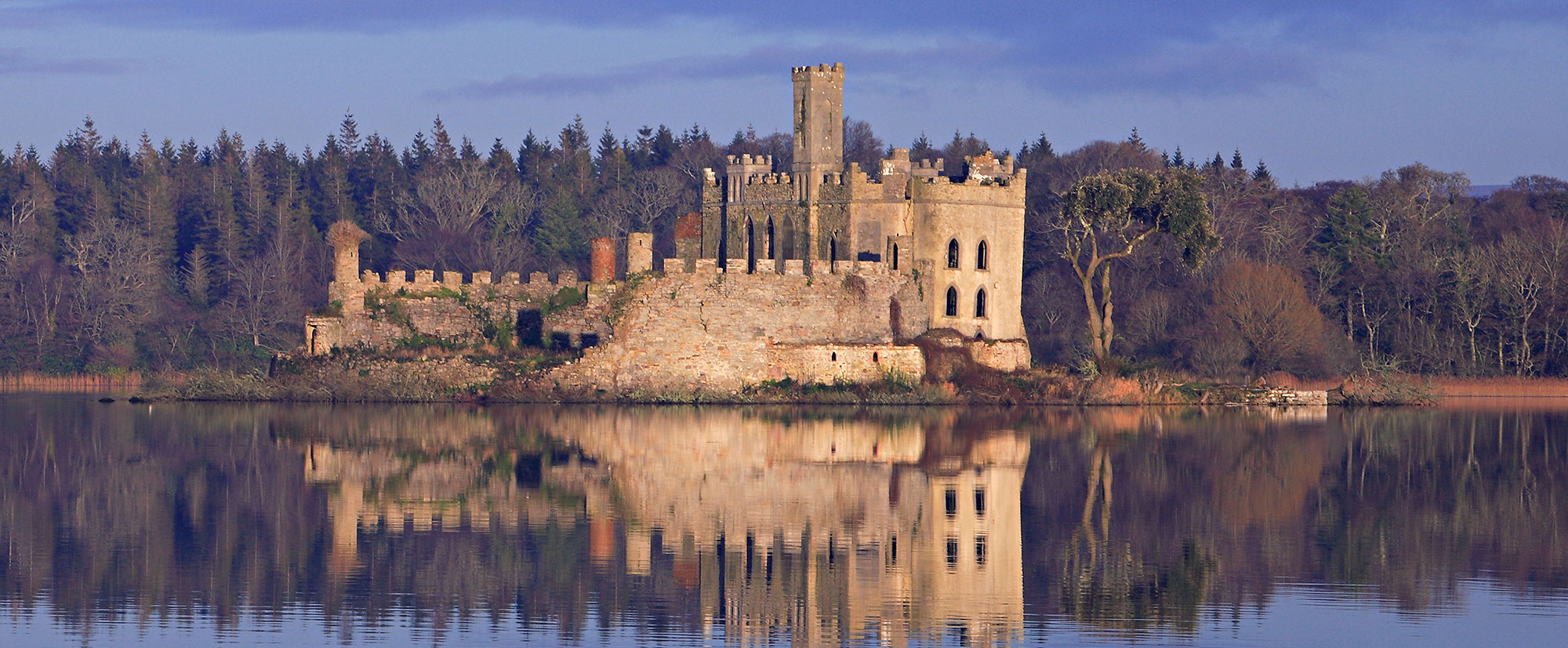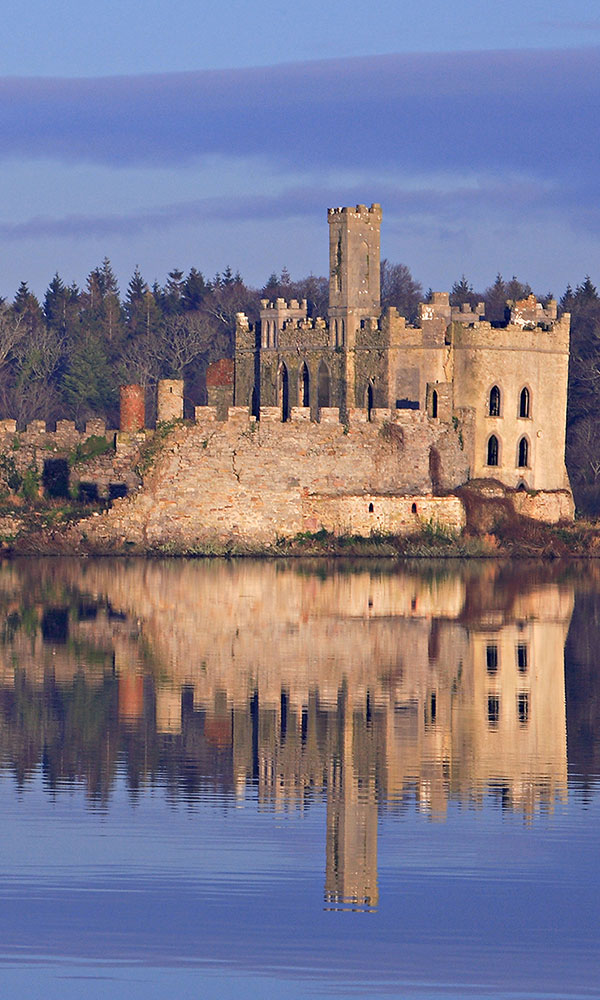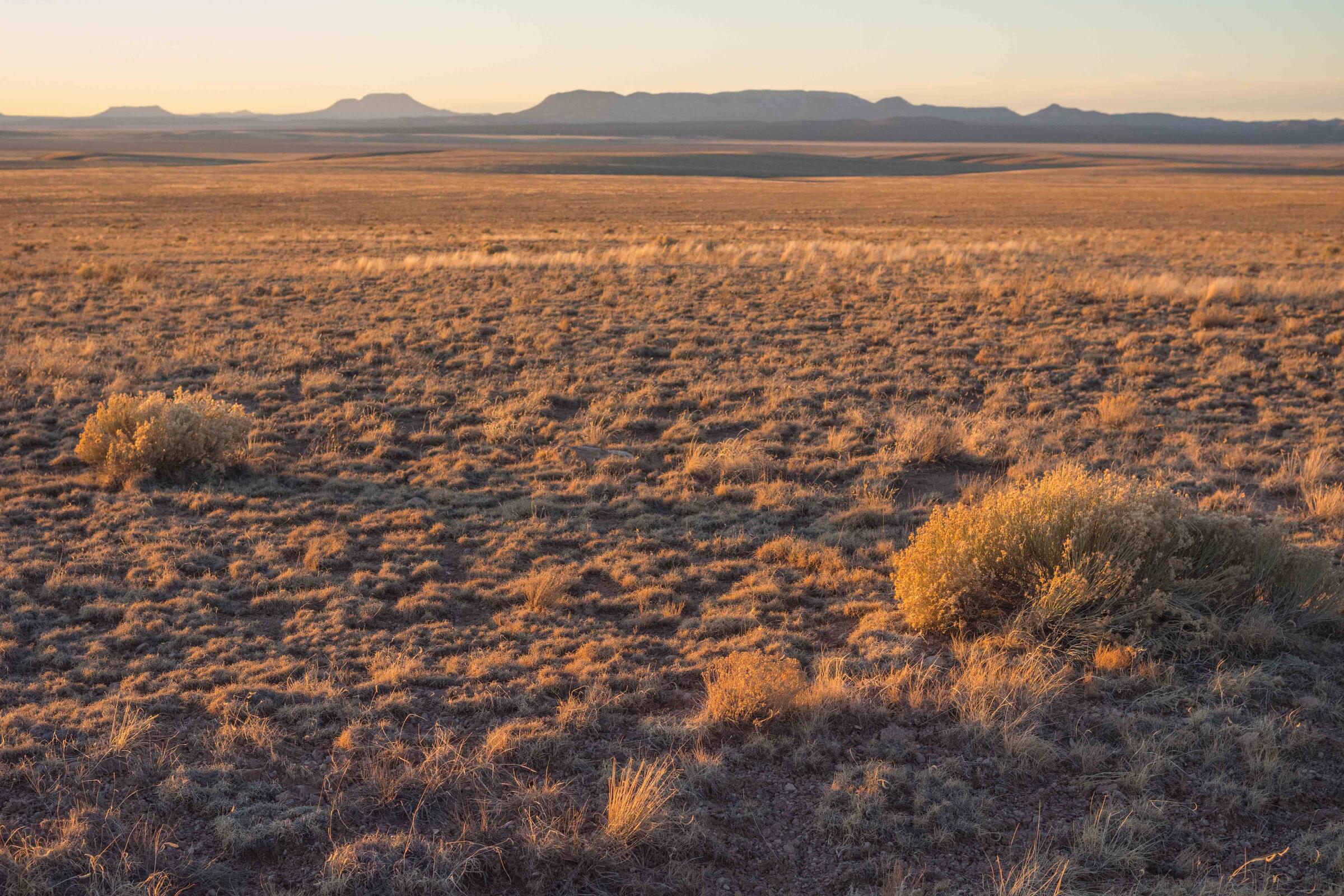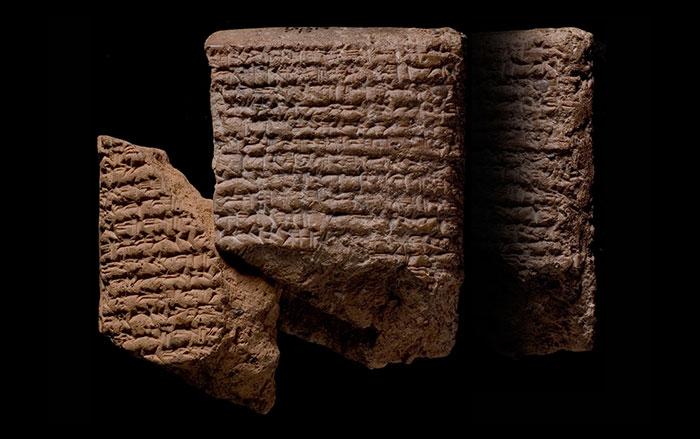
GAINESVILLE, FLORIDA—According to a statement released by the Florida Museum of Natural History, a team of researchers employed remote sensors, sediment cores, and excavations to examine two fish holding pens built between A.D. 1300 and 1400 by the Calusa kingdom on Mound Key in southern Florida. Known as watercourts, the pens, made of oyster shells and sediment, opened into the canal which bisects the island. The researchers suggest that once a school of fish had been driven from the canal into a watercourt, the pen could have been closed off with a gate or a net. Fish bones and scales at the site suggest mullet, pinfish, and herring were among the catch. Evidence of fires and post molds near the structures may be the remains of racks for drying and smoking fish. Geologist Michael Savarese of Florida Gulf Coast University said that the amount of organic material in the soil indicates that the watercourses had poor water circulation, and were probably only used for short-term storage while the catch was processed. Such fishing practices would have allowed the Calusa to create a surplus of food to feed large numbers of workers who were otherwise occupied with the construction of canals, shell islands, and large buildings, the researchers explained. To read about child foragers of the Caribbean Saladoid culture, go to "Putting Dinner on the Table."



